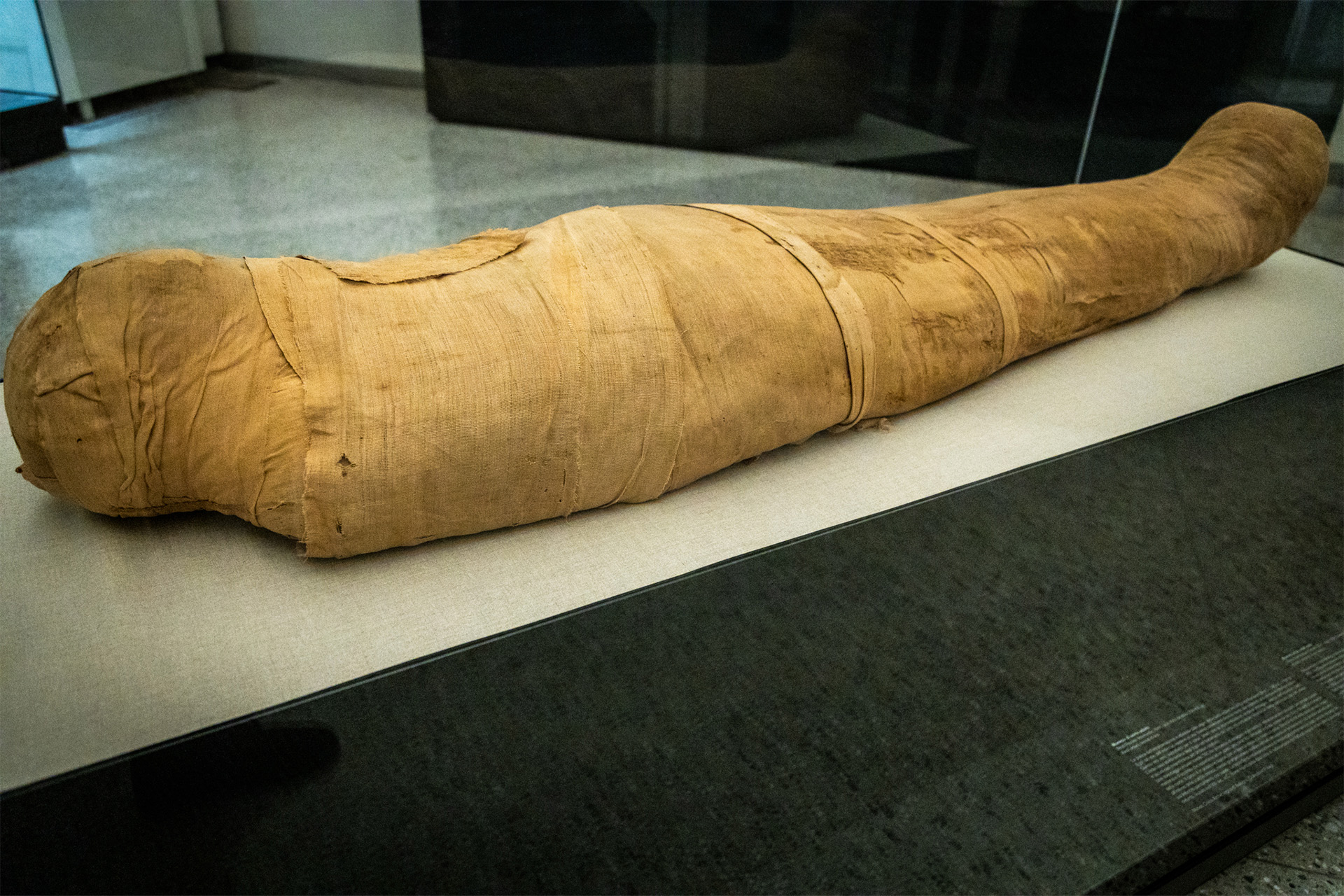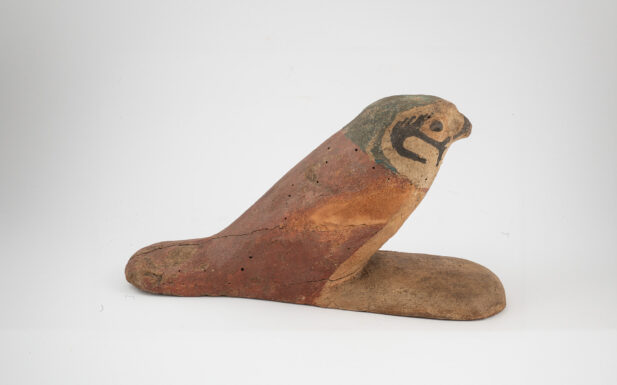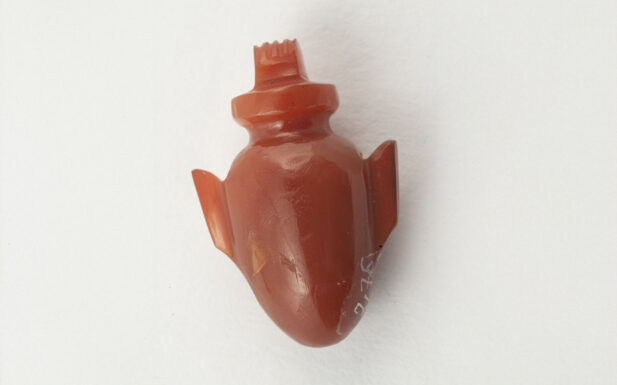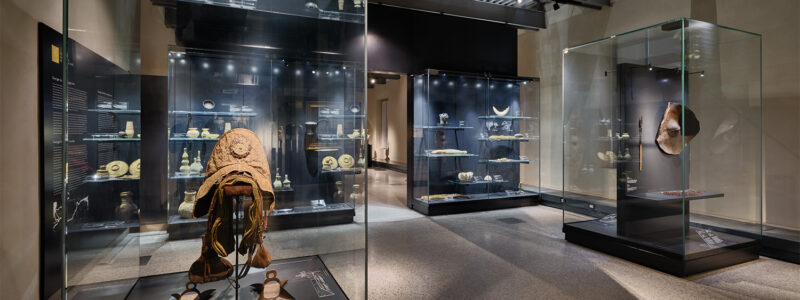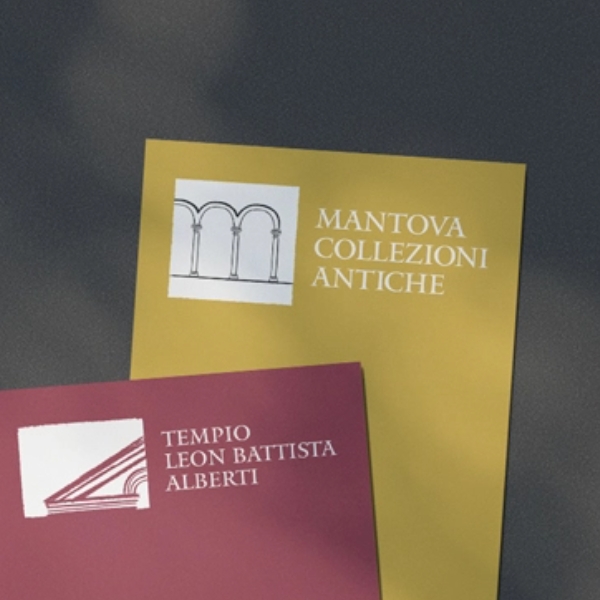The practice of embalming is attested from the origins of Egyptian civilisation up to the Roman era (30 B.C.-395 A.D.). For the Egyptians, what existed of the individual in life was to be preserved after death, while undergoing inevitable transfiguration. This was especially true for the body (khet), which mummification made an eternal image of the individual (sah). The undisputed technical skill of the Egyptians in the treatment of bodies was, however, aided by the hot and dry climate of the country, in some cases decisive for a good result.
A virtual CT scan allowed us to investigate the embalming techniques used to create this mummy and to discover that it belonged to a man, approximately 162 centimetres tall and between the ages of 50 and 55 at the time of death. The body is on its back, with his arms outstretched and his hands on the pubis. Remains of brain are still visible inside the cranial box, while the internal organs are extracted through an incision on the left side of the abdomen, then partially filled with bandages. The embalming and bandaging techniques confirm the high social status of the deceased, who lived in the 8th century B.C., as evidenced by the radiocarbon dating of the fine linen fabrics that wrapped him.
Third Intermediate Period, 23rd – early 25th dynasty (756-655 BC)
human remains, linen fabrics

